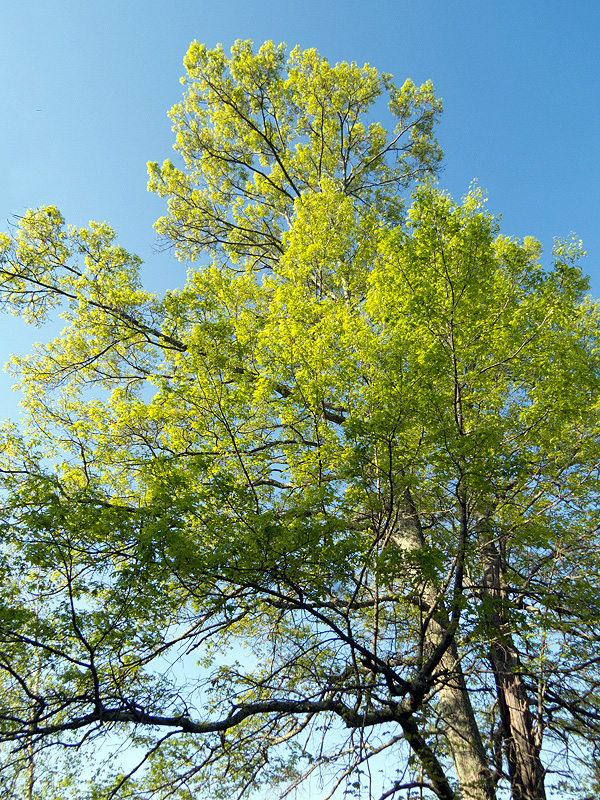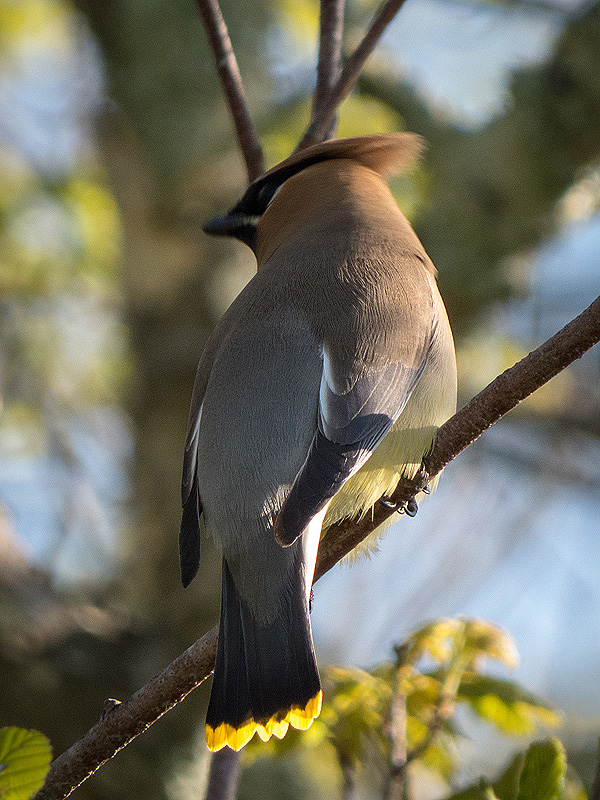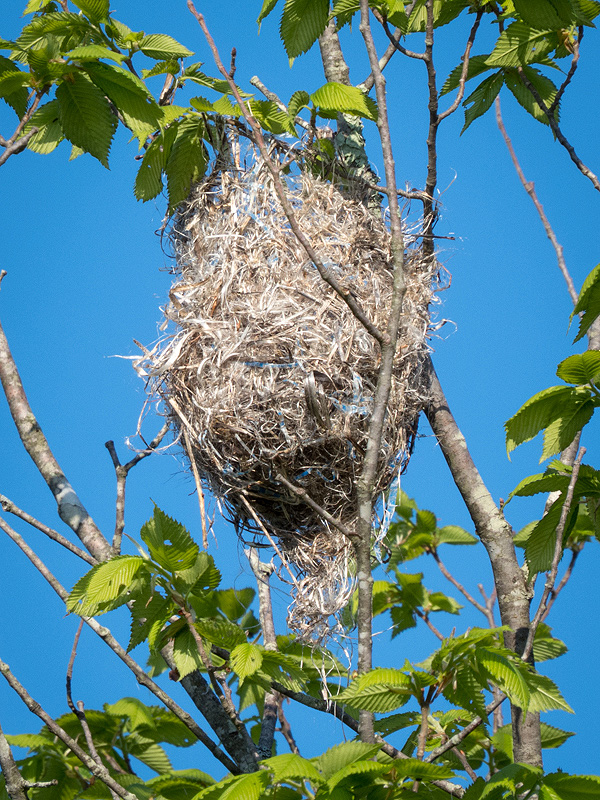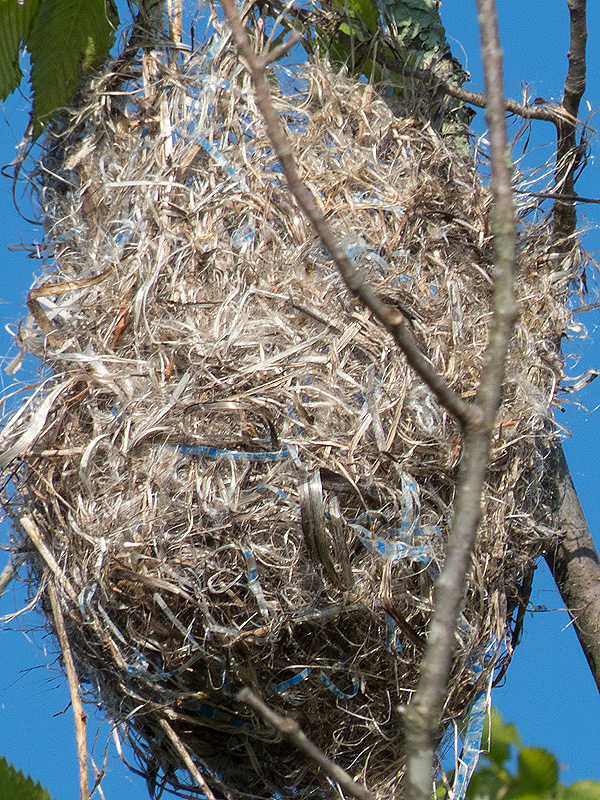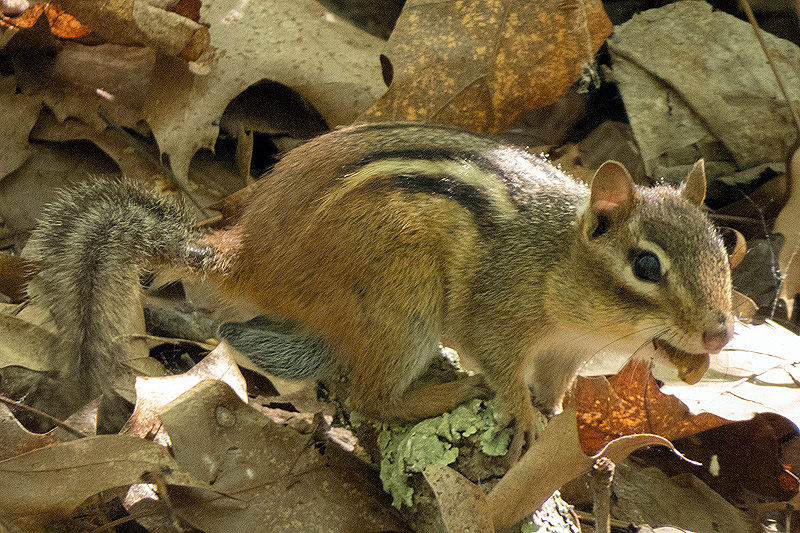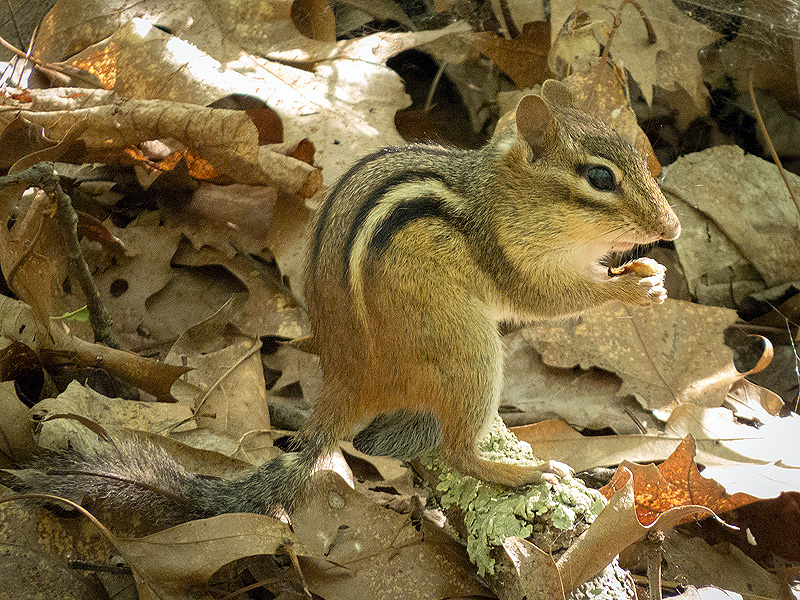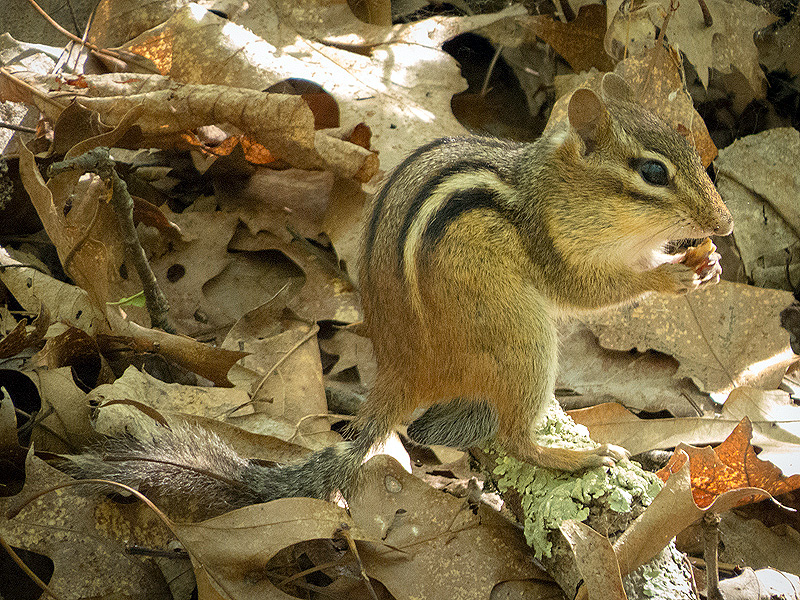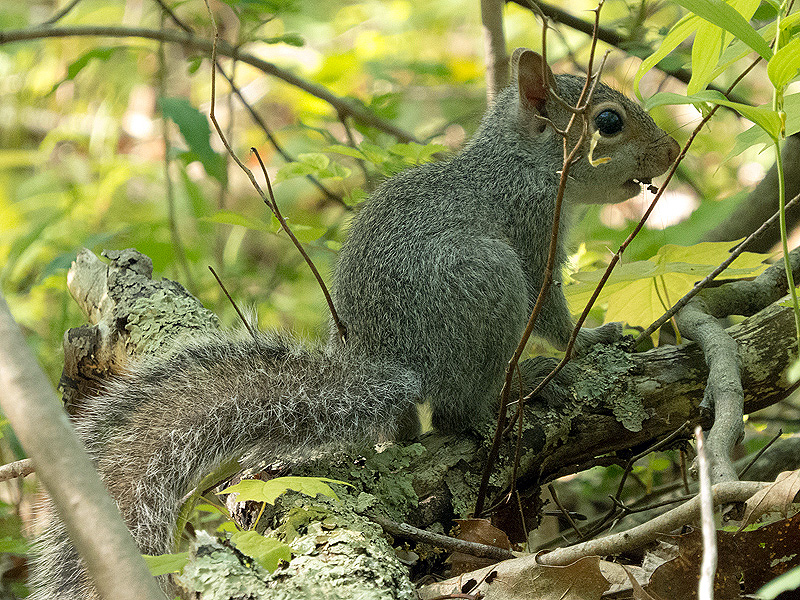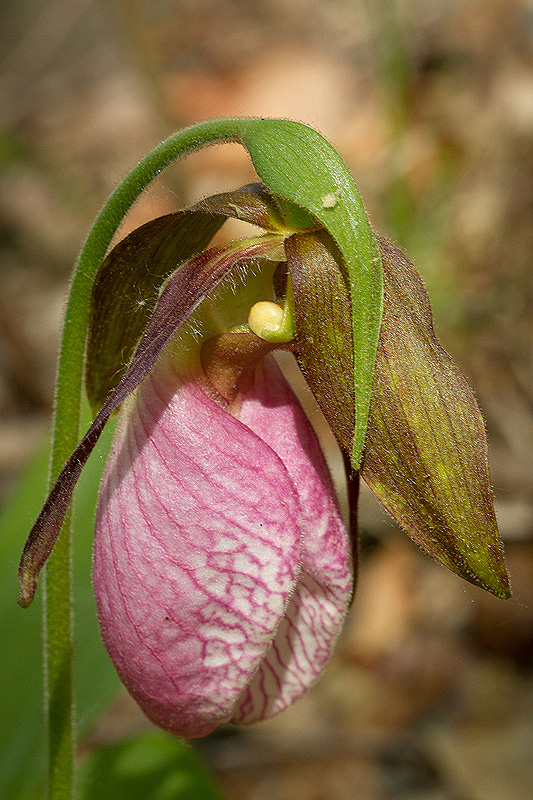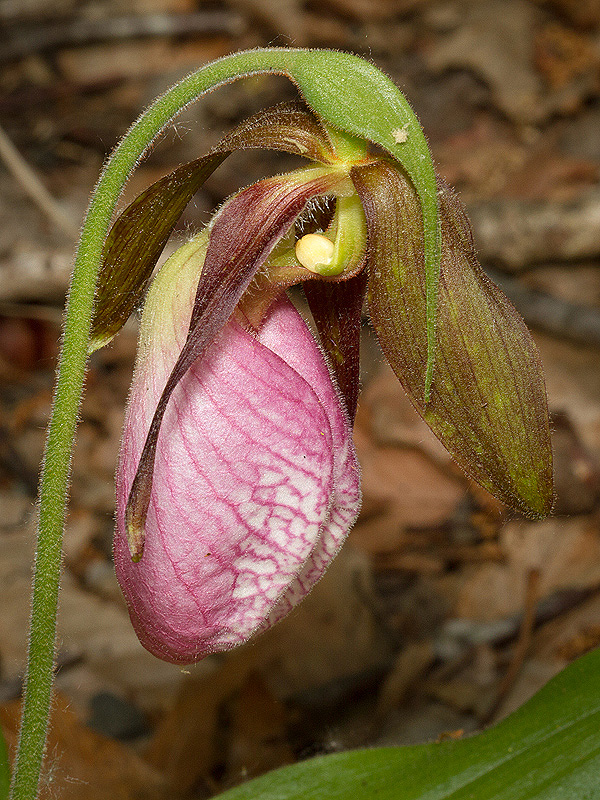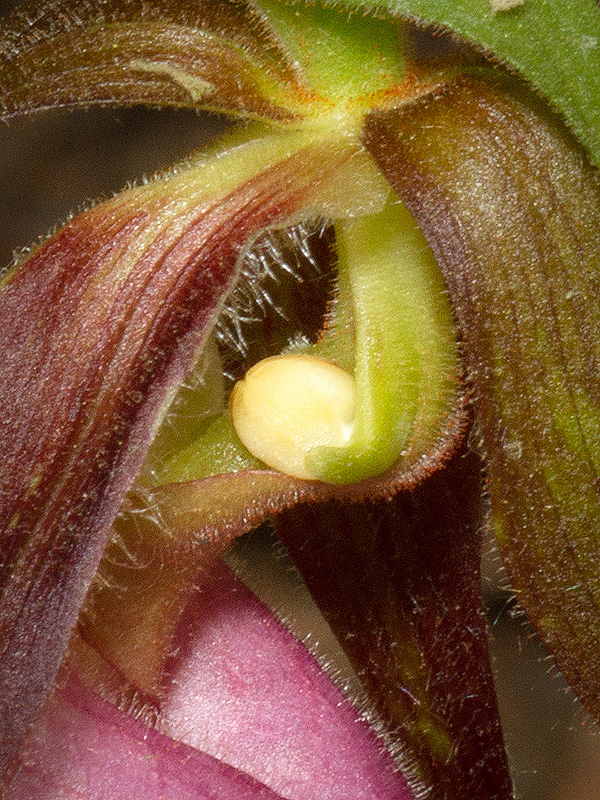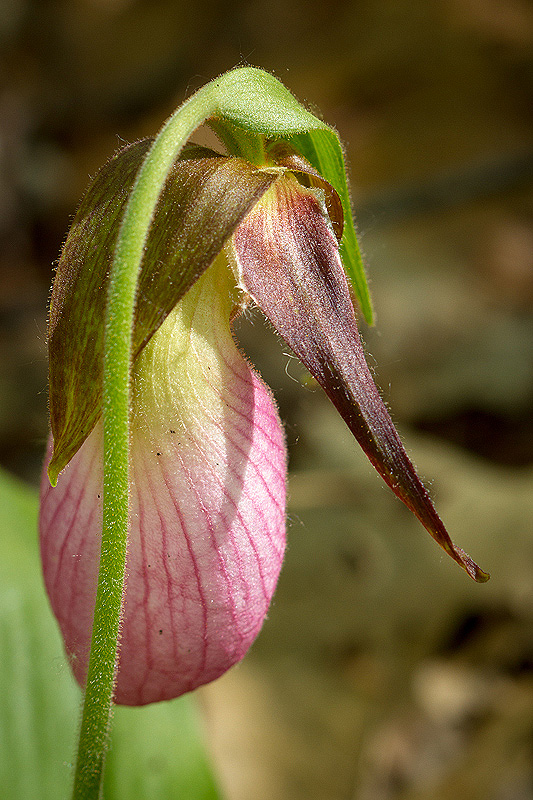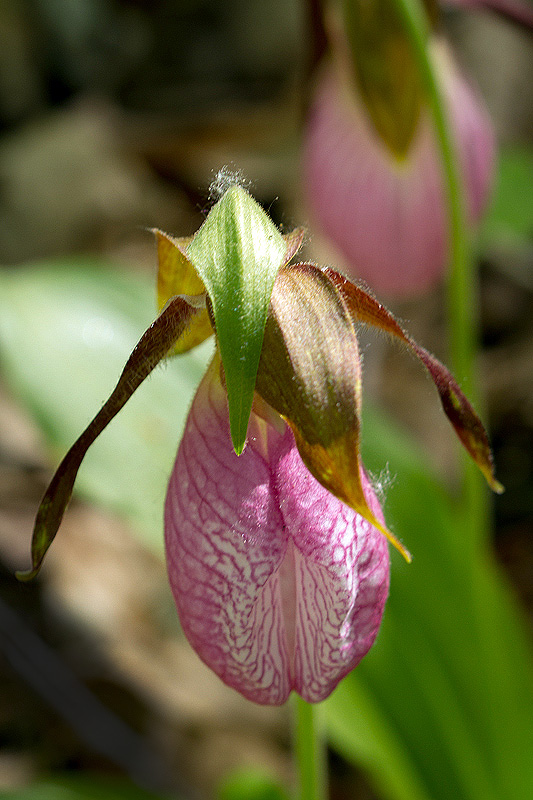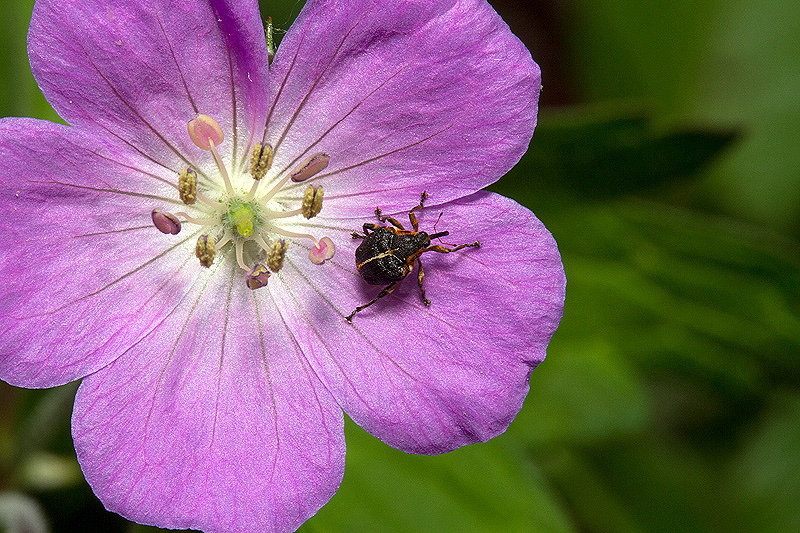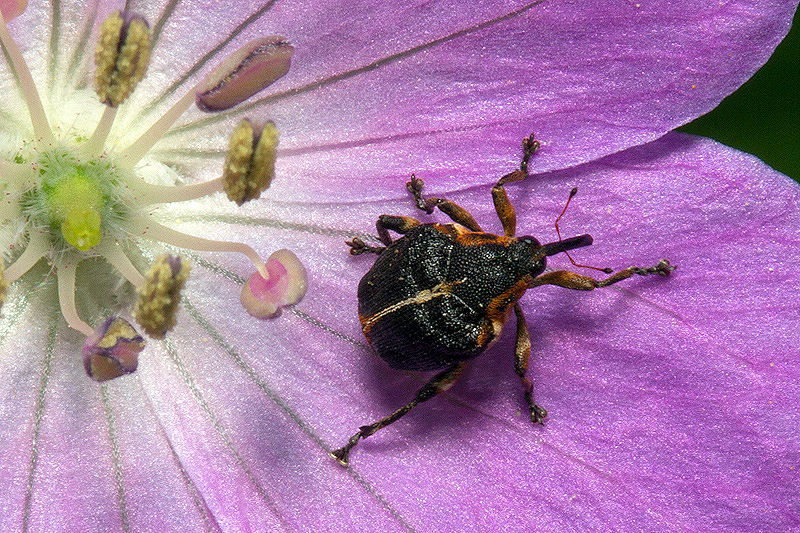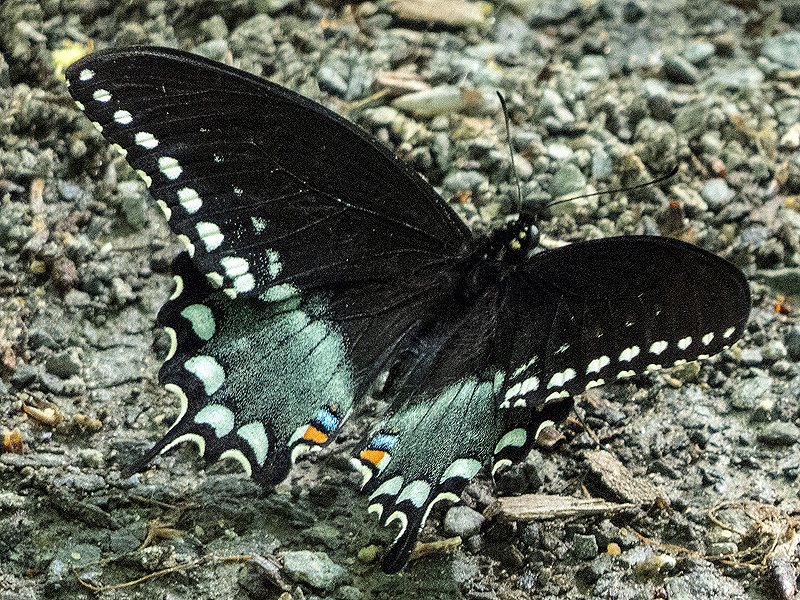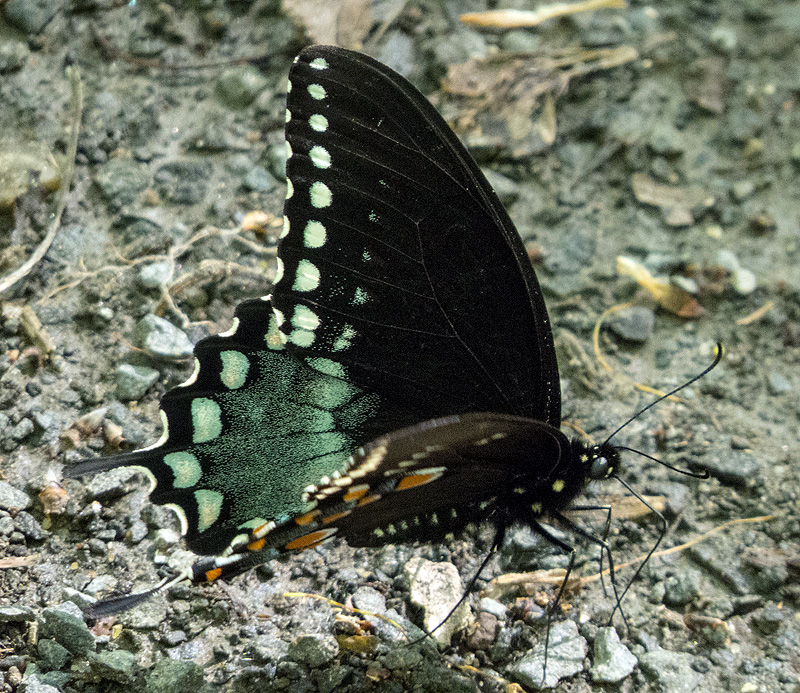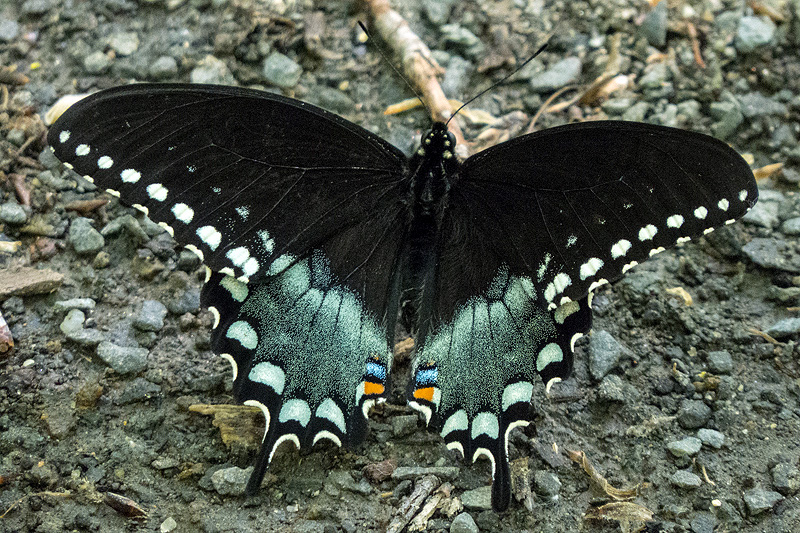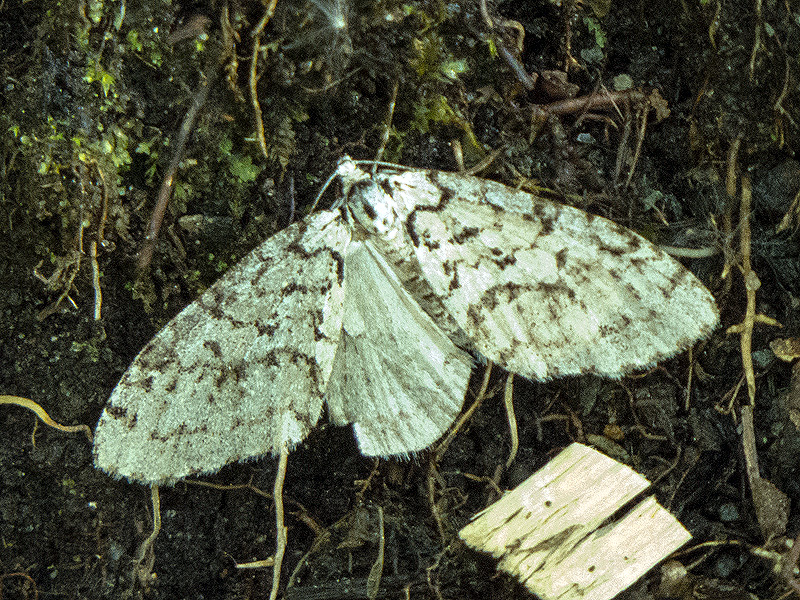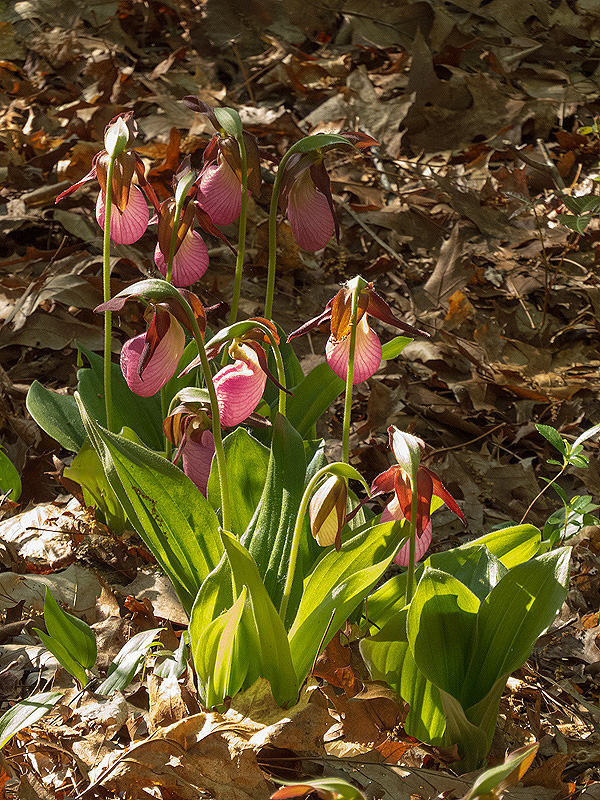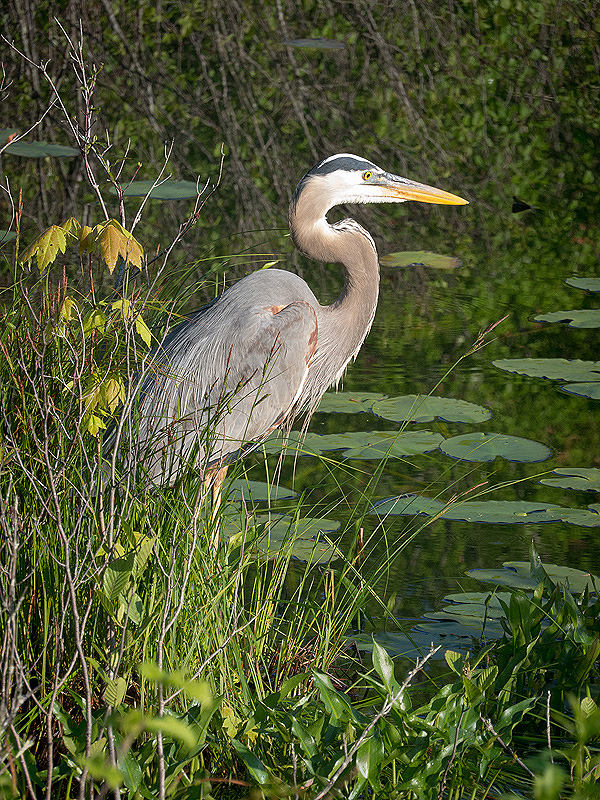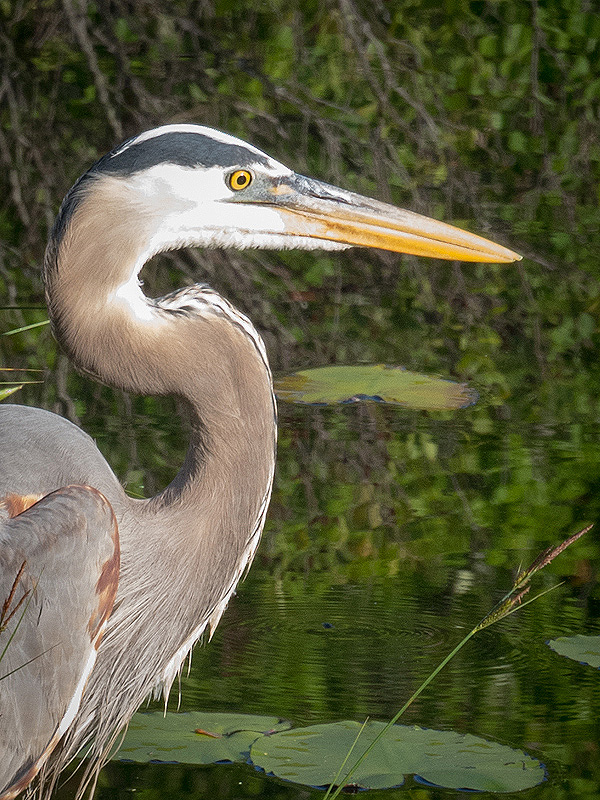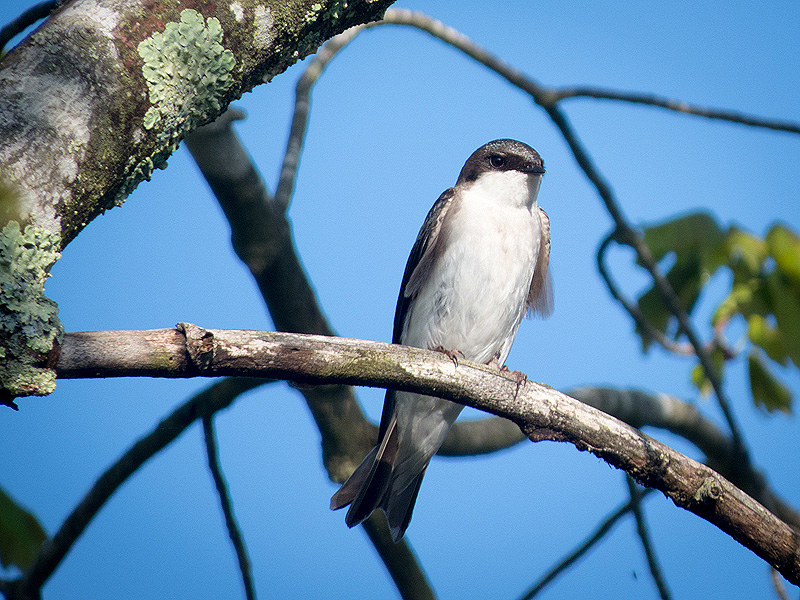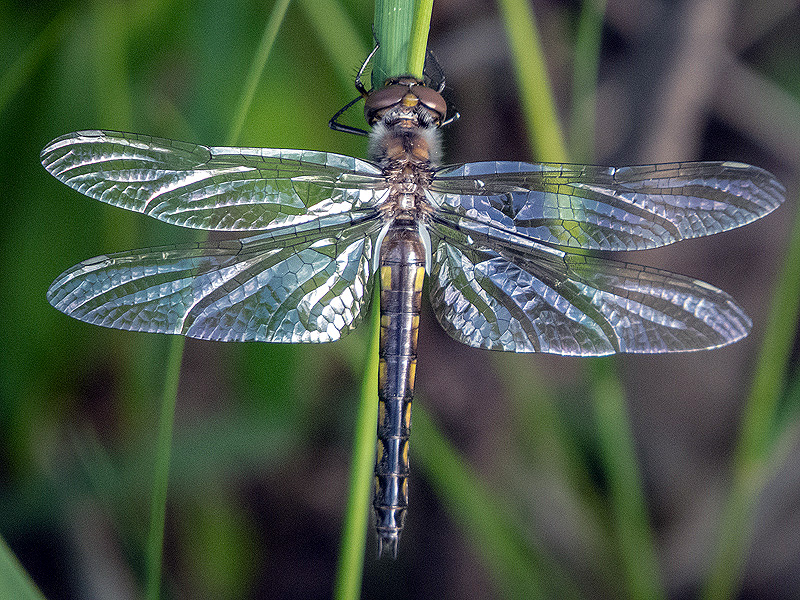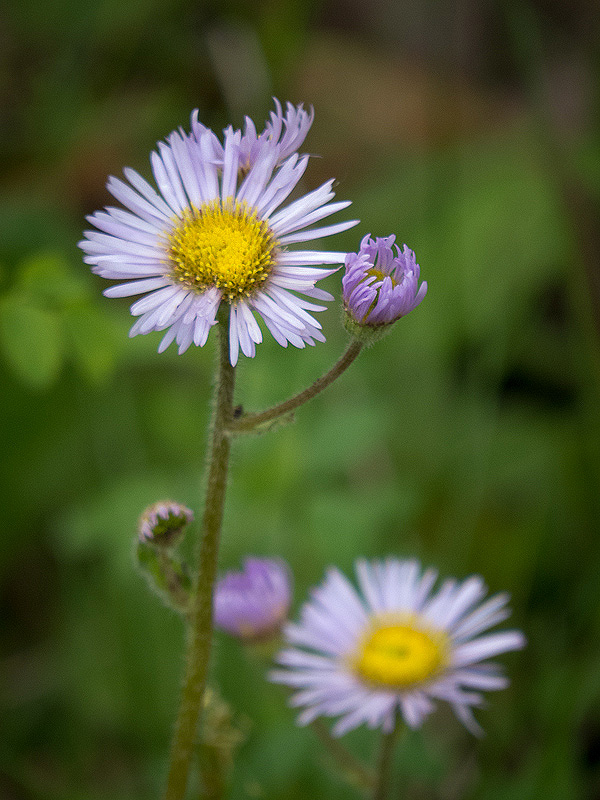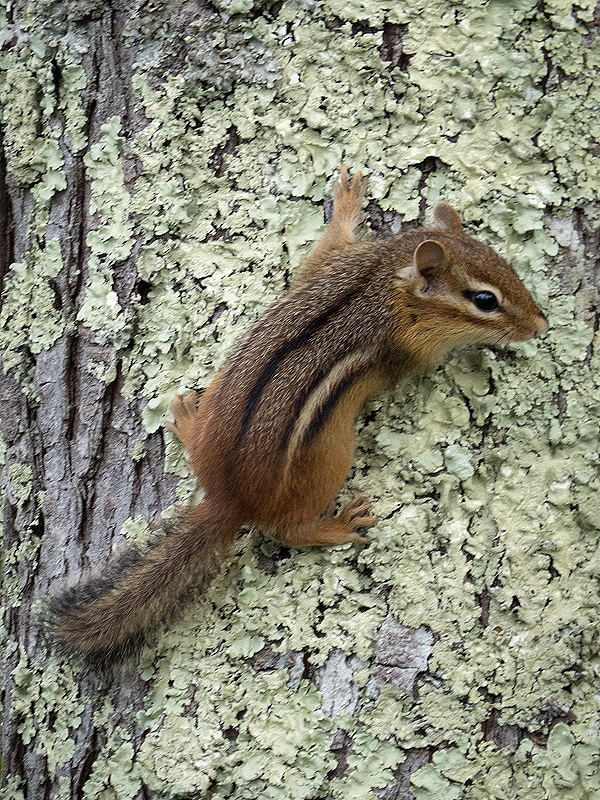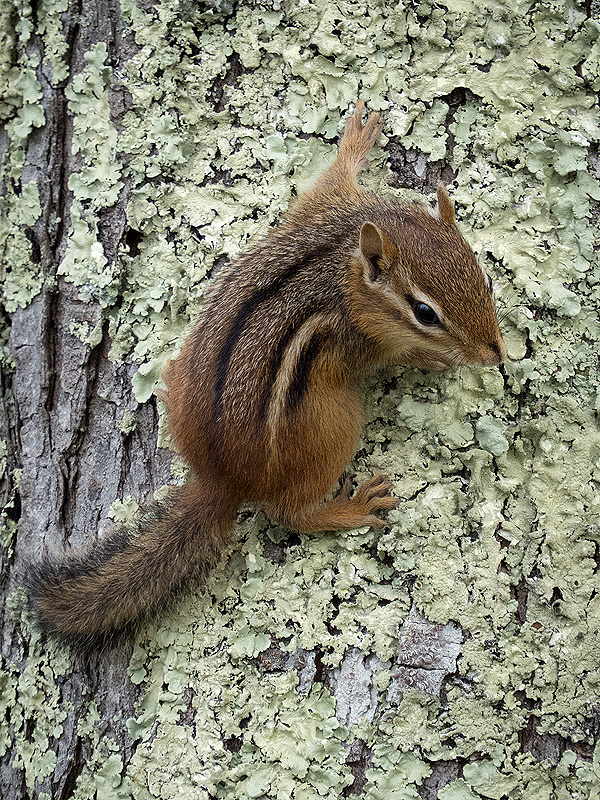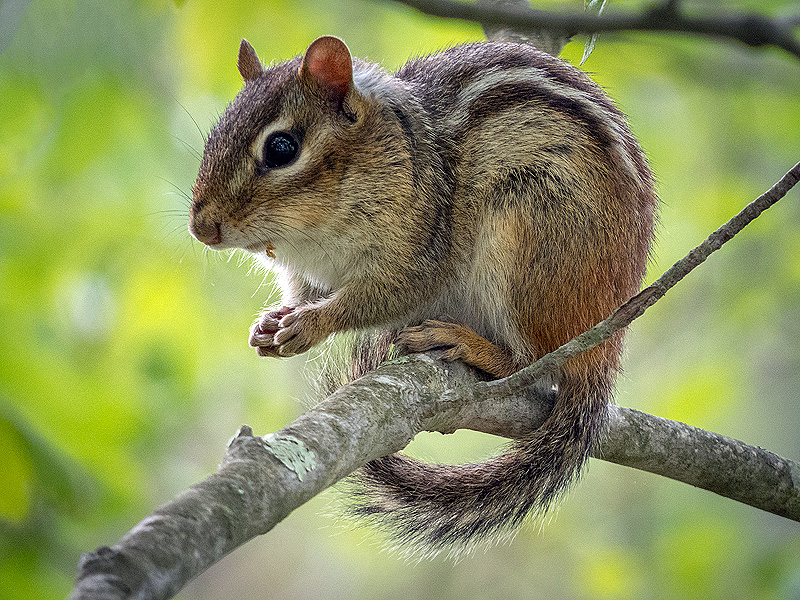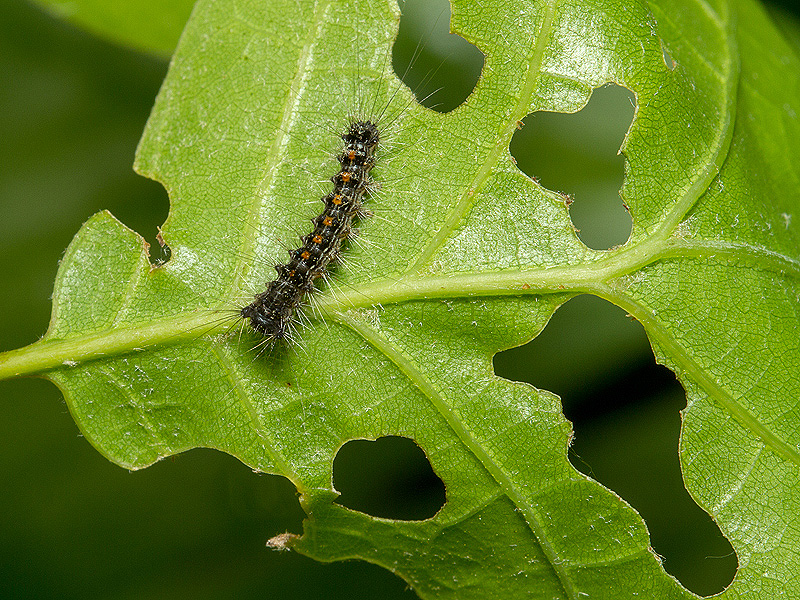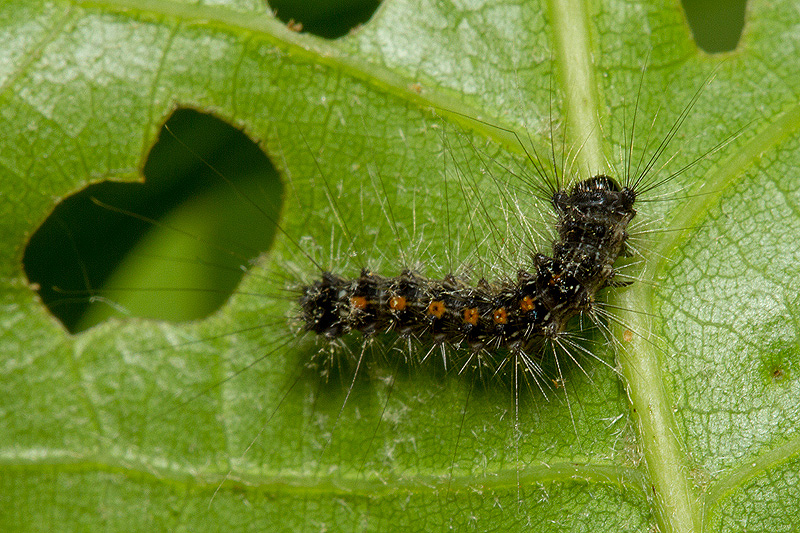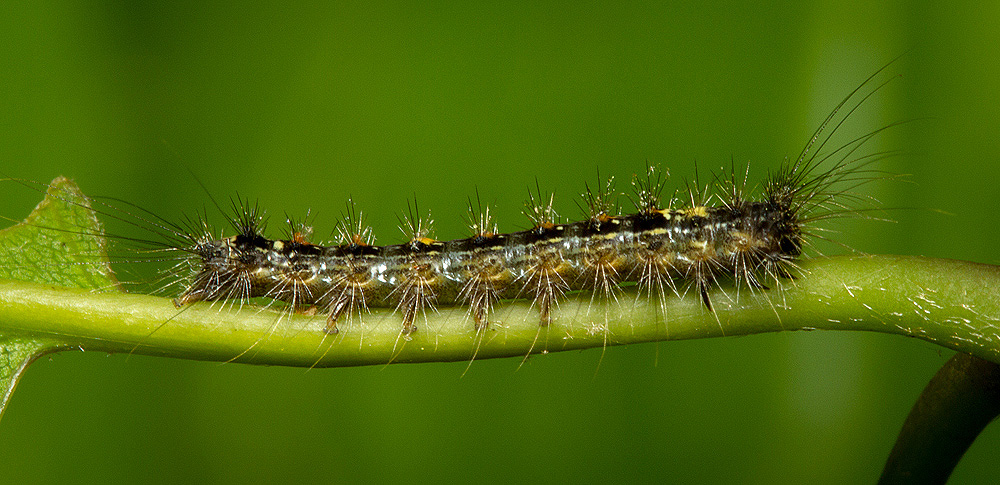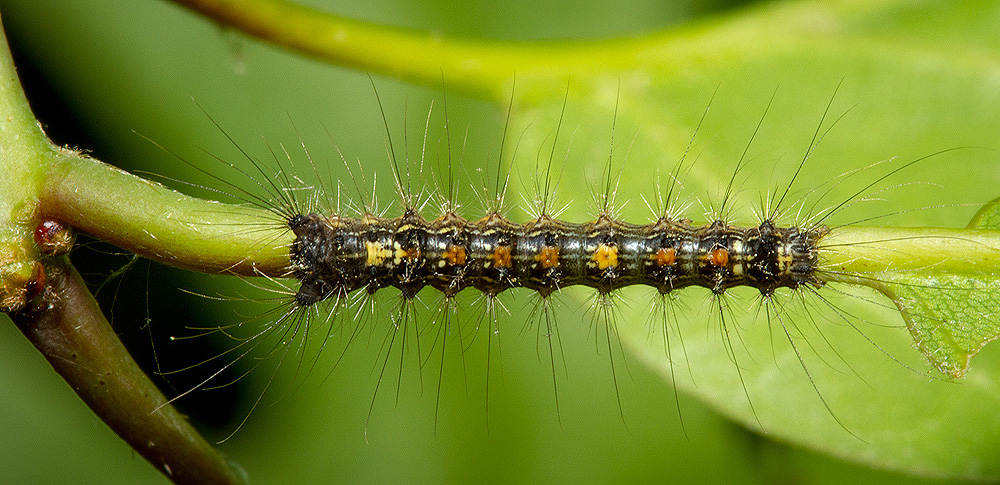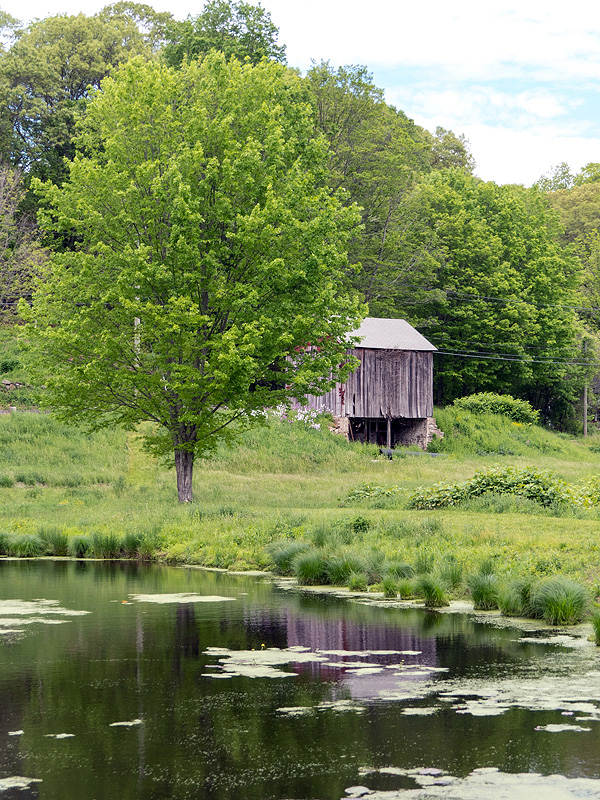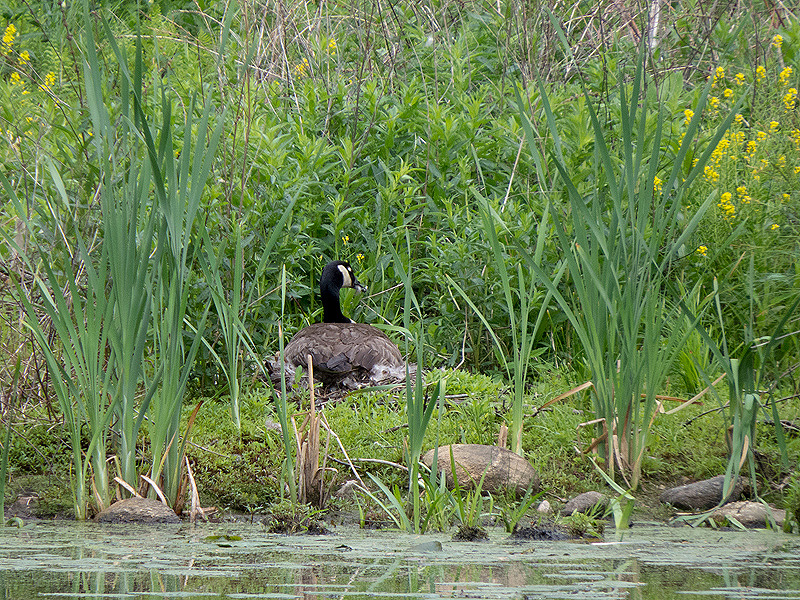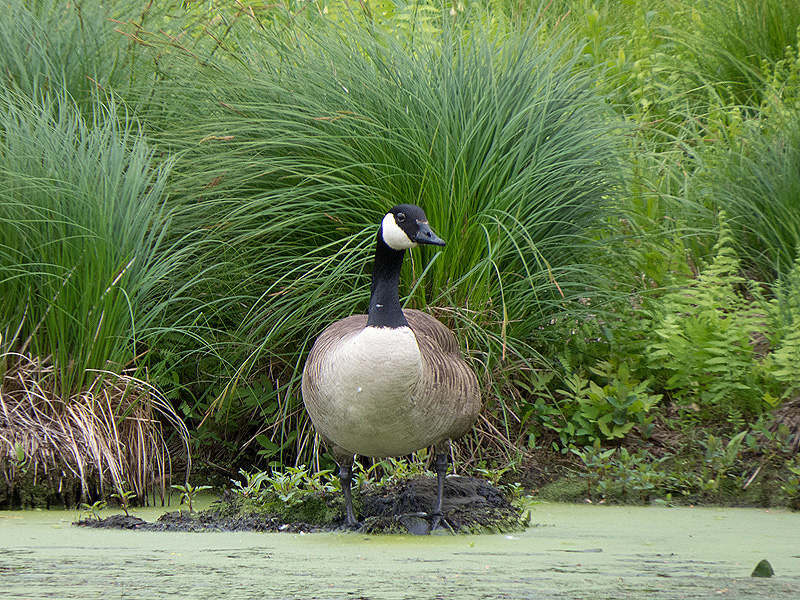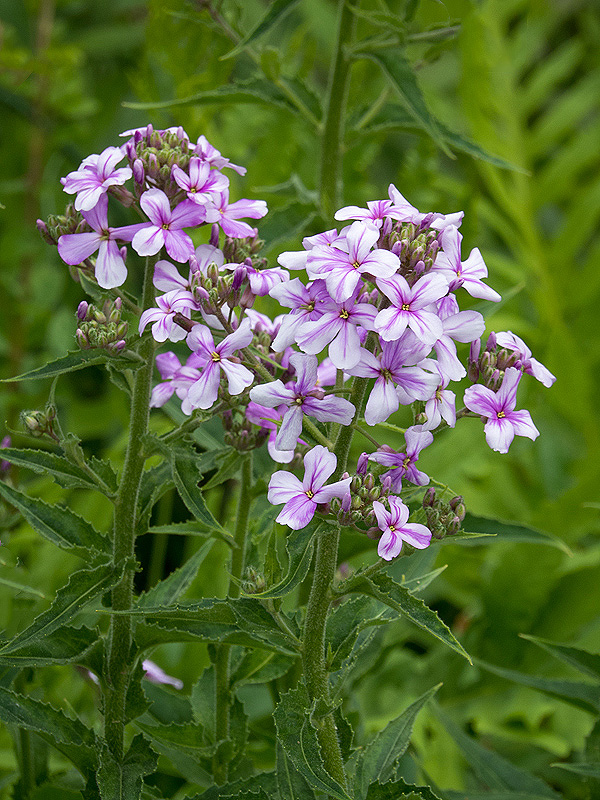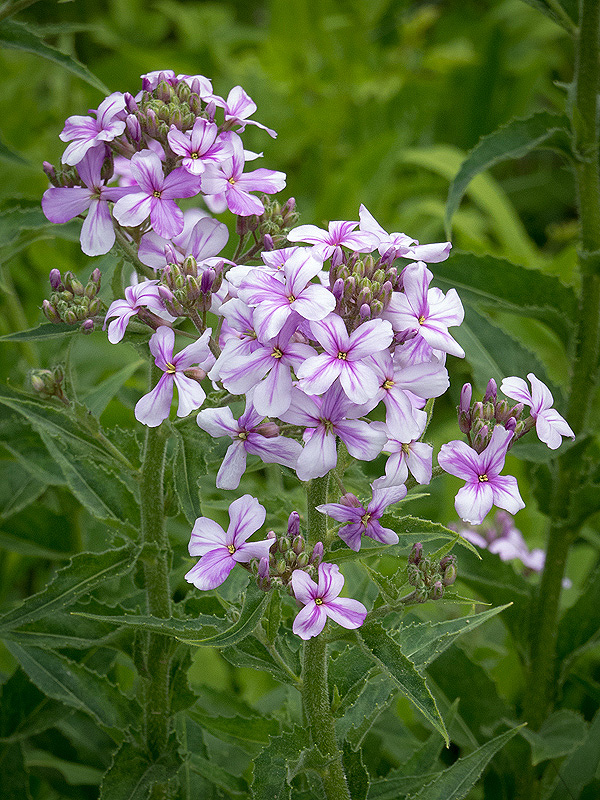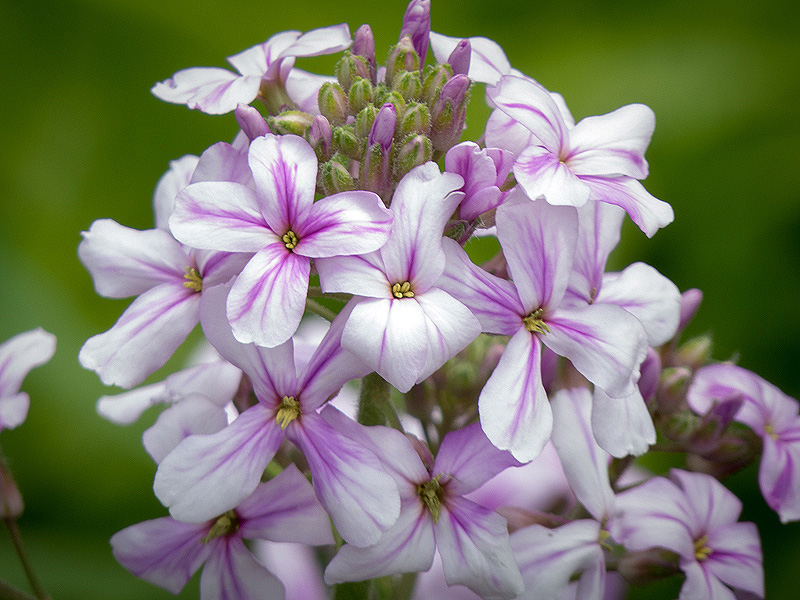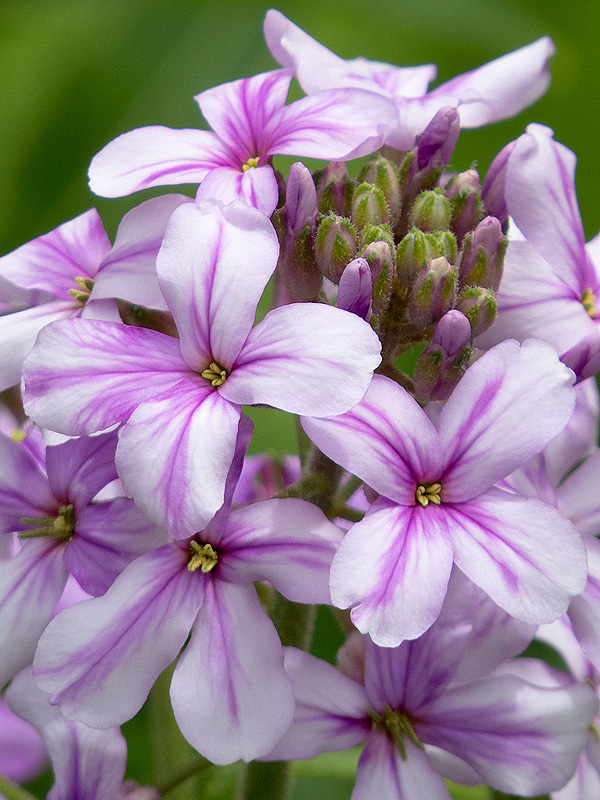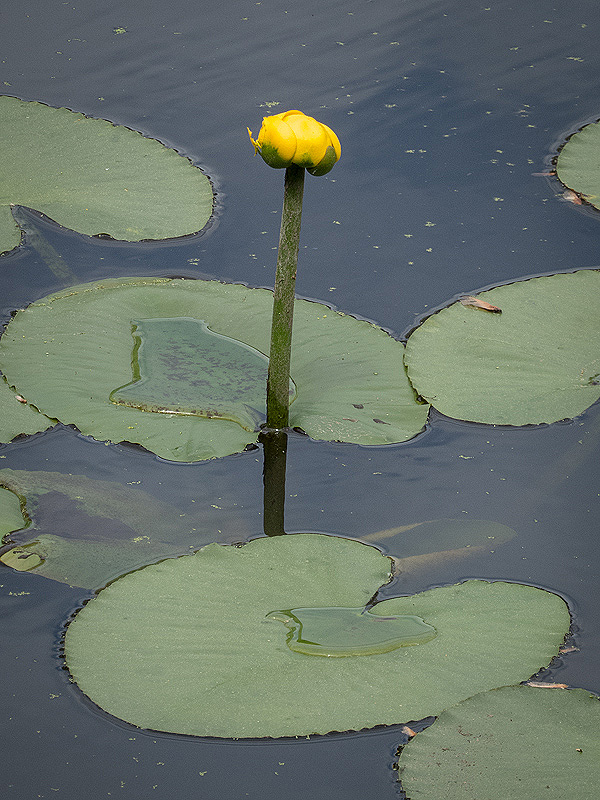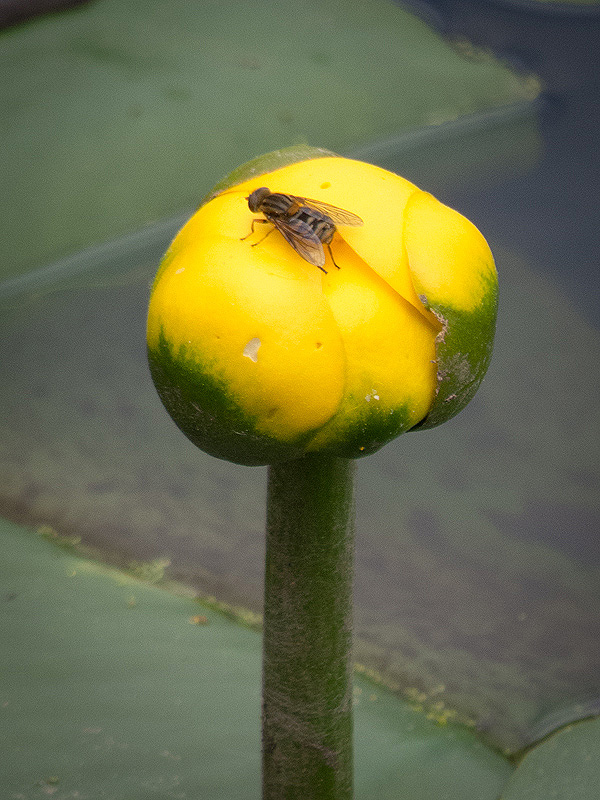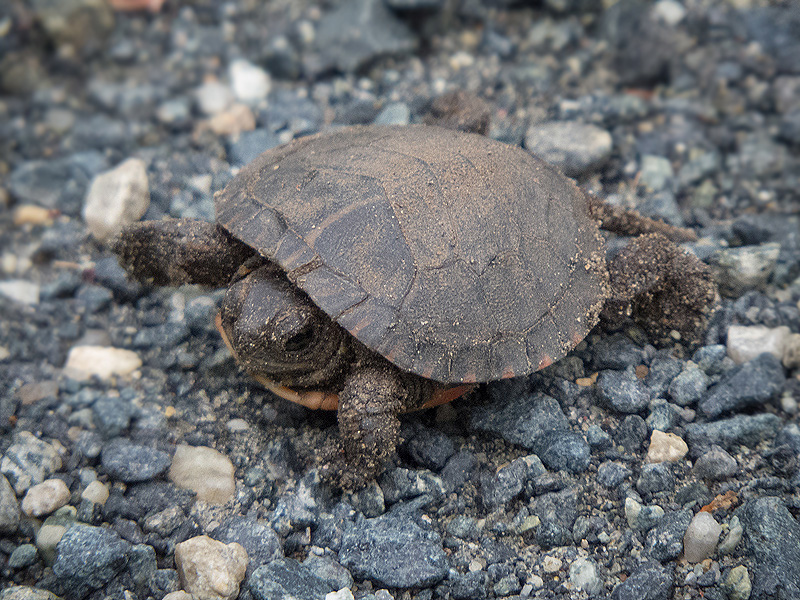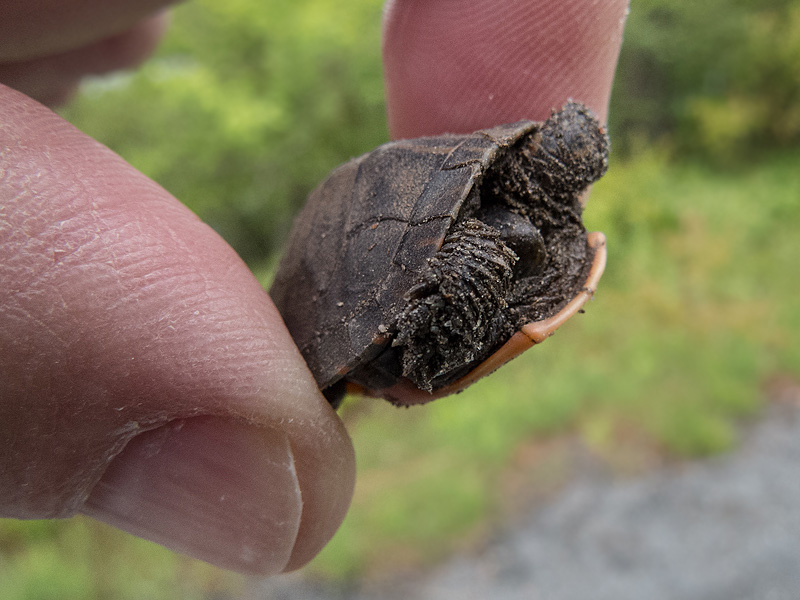Along the Air Line... 2017- Spring, Part 8 The Air Line Trail in Eastern Connecticut - Stan Malcolm Photos |
mHome Page Stan's FlickR Albums |
May 17th. Sun hitting fresh young pastel leaves. |
A Cedar Waxwing (Bombycilla cedrorum). |
A Baltimore Oriole (Icterus galbula) nest over the trail. |
Note the blue and clear plastic threads that started life in a plastic tarp. I've seen these in Oriole nests before. |
Back out in the afternoon to walk from Route 207 east to the power lines. Eastern Chipmunk (Tamias striatus) has found something to eat. |
|
|
A young Eastern Gray Squirrel (Sciurus carolinensis). |
A few more Lady's-Slipper Orchid (Cypripedium acaule) pictures. |
|
Orchid pollen is packed into a pair of round pollinia. The plant's structure leads pollinators under these balls where they get attached to the insect's back, later to be deposited on another orchid flower. |
|
|
Wild Geranium (Geranium maculatum) with an Iris Weevil (Mononychus vulpeculus). |
Normally, I wouldn't attempt a species ID on a weevil, but this one is distinctive and the only species it its genus. |
I saw three male Spicebush Swallowtails (Papilio troilus) "puddling" - gathering minerals from damp soil that will be passed to females during mating and be incorporated into the eggs. (There were three male Tiger Swallowtails (Papilio glaucus) doing the same thing.) |
Note the proboscis unfurled and probing the soil. |
|
A moth called The Scribbler (Cladara atroliturata). |
May 18th. Lady's-Slipper Orchids (Cypripedium acaule) just east of Raymond Brook Marsh. |
May 19th. Great Blue Heron (Ardea herodius). |
|
A female Tree Swallow (Tachycineta bicolor). |
May 20th. A freshly eclosed Dragonfly, probably Family Libelluliae and probably a female. |
Robin Plantain, a Fleabane (Erigeron pulchellus). |
A young Eastern Chipmunk (Tamias striatus) who seems unsure how to turn around and drop down from this tree trunk. |
|
Another young Eastern Chipmunk. Seems to be a good year for them. |
Gypsy Moth (Lymantria dispar) caterpillars have molted to second instars, roughly 1 cm long. At these early stages, their damage is easily spotted as "shot holes". Later, they'll begin to take entire leaves... if they're not killed by fungus, disease, parasitoids, or predators. Our wet spring is a hopeful sign for mortality due to fungal infections. These caterpillars are on oak, a favorite of Gypsy Moths, though they will feed on almost anything and I'm already seeing them on maple. |
|
|
|
A brief stop at Cranberry Bog in East Hampton. |
The female Canada Goose (Branta canadensis) asleep on the nest. |
As usual, the male on shore to the right of his mate. |
Dame's Rocket (Hesperis matronalis). |
|
|
|
Yellow Pond-Lily or Bullhead-lily (Nuphar variegatum). |
A Flower Fly (Family Syrphidae) anxious to get at the abundant pollen inside the flower. |
May 22nd. A teeny Painted Turtle (Chrysemys picta). |
When did this turtle hatch? This site explains: "The female painted turtle covers the eggs with dirt and returns to the water, her job done. The eggs hatch in 72 days, usually in late August through early September. Late hatchers may stay in the nest until spring." I'm guessing that this turtle hatched in late summer and survived in the marsh mud over the winter. |
